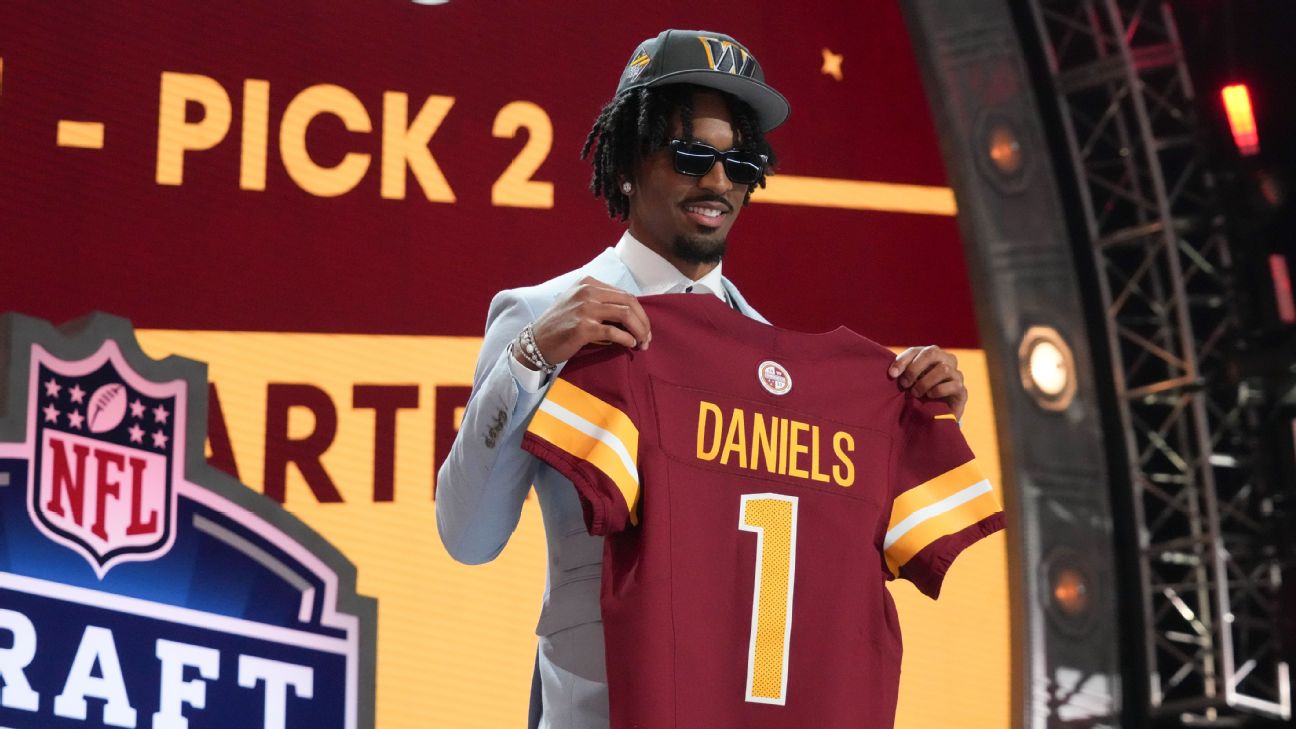Blood clots in kids

FRESNO, Calif. (KFSN) -- They can be dangerous, even deadly. Every year, up to 200,000 Americans die from a blood clot that travels to their lungs. You've probably heard about the condition in adults, but new research shows kids can get them too.
Sisters Nicole and Brittani Shifflett aren't interested in being prim and proper. Their idea of fun is shooting a bow or tackling in a game of rugby.
However, their favorite activities were put on hold when Nicole found out she had a dangerous blood clot at age 16.
"They found that the whole side of my lung was just completely like filled with blood," Nicole told ABC30.
It was scary for the whole family.
Their parents, Jacquelyn and Doug Shifflett, told ABC30 that Nicole was coughing up big handfuls of blood.
"It was very scary to me because I didn't want to lose my best friend," Brittani told ABC30.
These dangerous clots occur in about 1 in 500 children in the hospital.
"We think that it's very important that people who take care of children in the hospital are aware of this because unless you're thinking about it, you may miss it," Cliff Takemoto, MD, Pediatric Hematologist, Johns Hopkins Children's Center, told ABC30.
In a Johns Hopkins study, researchers found children with multiple medical conditions were four times more likely to develop a clot. Half of kids who developed clots had a central venous catheter and 40 percent had recent surgeries. Doctors hope knowing these signs will help them detect and treat kids sooner.
"We think that we can improve the care of children who are hospitalized," Dr. Takemoto explained.
Nicole had to take blood thinner meds for six months. Today, her clot is gone and she's back to playing with her favorite teammate.
Nicole doesn't know why she developed the clot, but said she probably had it for about a month before doctors finally diagnosed her correctly. Kids like Nicole are typically treated with blood thinners for three to six months.
For more information on this report, please contact:
Ekaterina Pesheva
Media Relations Representative, JHMI
410-926-6780
epeshev1@jhmi.edu









